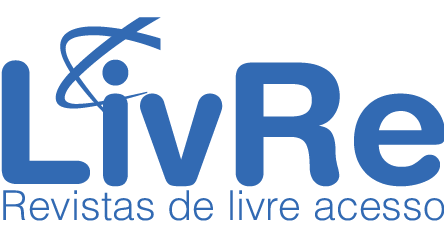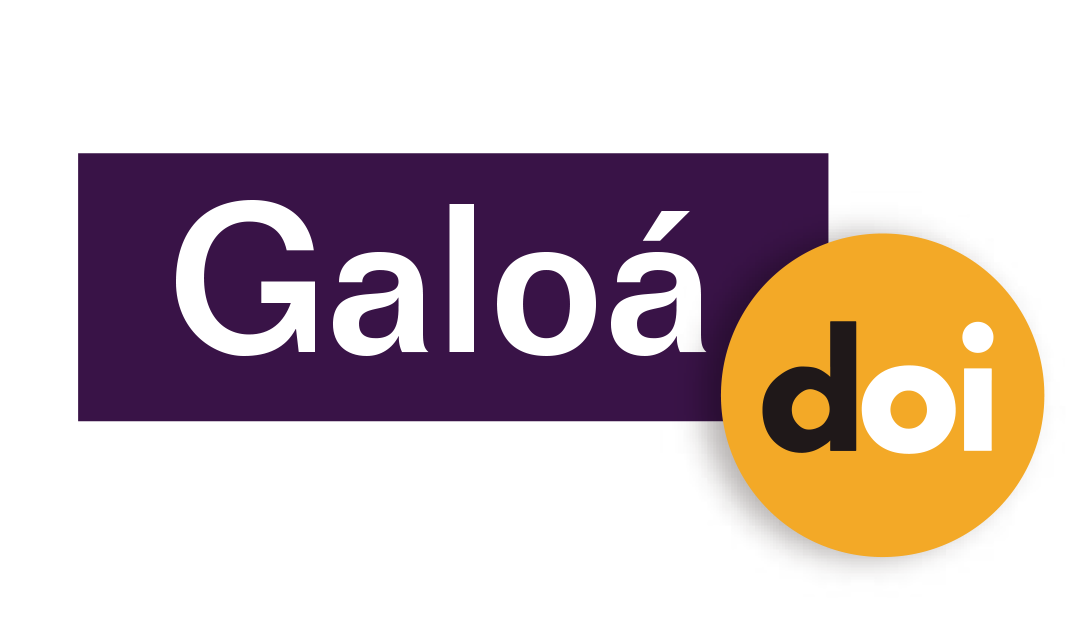Model of Flexibility in the Conceptual Evolution of Multiplicative Comparison
Resumo
Background: Proportionality is a paramount topic in students' mathematical literacy. In this topic, it is fundamental to understand the multiplicative comparison and the flexible use of the concepts of ratio and proportion. Objectives: To analyse the articulation between concepts, resolution strategies, and representations used by students, supported by numerical relationships and properties of operations to characterise a model of the conceptual evolution of multiplicative comparison. Design: Research based design. Setting and participants: Two mathematics teachers teaching 6th grade (11-12-year-old students) and their 38 (18 + 20) students during the lessons in which five assignments were explored. Data collection and analysis: The data includes the transcription of the video recordings of the classes and the students' written productions. The data were successively revisited and condensed to identify and illustrate the aspects that make up the model of the conceptual evolution of multiplicative comparison. Results: The construction of the concept of multiplicative comparison prevails in the work in two spaces of measurement and in the exploration of the multiplicative relationship between the corresponding quantities within each one. Resolution strategies are first non-quantitative and become quantitative, initially with additive and then multiplicative characteristics. The representations are based on the ratio as a fraction, on the double number line, and on the table of ratios, being supported by numerical relationships and properties of operations. Conclusions: The results elucidate, adjust, and illustrate a theoretical model related to the evolution of the multiplicative comparison in two spaces of measurement.
Palavras-chave
Multiplicative comparison; Flexibility; Strategies; Representations
DOI: https://doi.org/10.17648/acta.scientiae.6604
Apontamentos
- Não há apontamentos.
Direitos autorais 2021 Graça Maria Cebola

Esta obra está licenciada sob uma licença Creative Commons Atribuição 4.0 Internacional.
ANÚNCIOS
Informamos que, a partir de outubro de 2024, a revista Acta Scientia volta a aceitar submissões de artigos para publicação.
Mais, informamos que sites fraudulentos, https://periodicos-ulbrabr.org e https://periodicos-ulbrabra.org, estiveram se passando pela Acta Scientiae, utilizando nosso nome e identidade visual e até solicitado taxas de APC, que nós não cobramos. Aconselhamos cautela para evitar serem enganados por sites semelhantes.
Conceito A2 na Capes(2021)
Índice h5 do Google Scholar: 13
Índice mediana h5 do Google Scholar:24
eISSN: 2178-7727
Indexações:
A Acta Scientiae é indexada em: | Scopus |  | Latindex |  | Edubase (SBU/UNICAMP) |
 | Sumarios.org |  | Google Scholar |  | Portal LivRe (CNEM) |
 | Journals for Free |  | REDIB |  | Galoá DOI |

Todos os trabalhos publicados aqui estão sob uma licença Creative Commons - Atribuição 4.0 Internacional.
